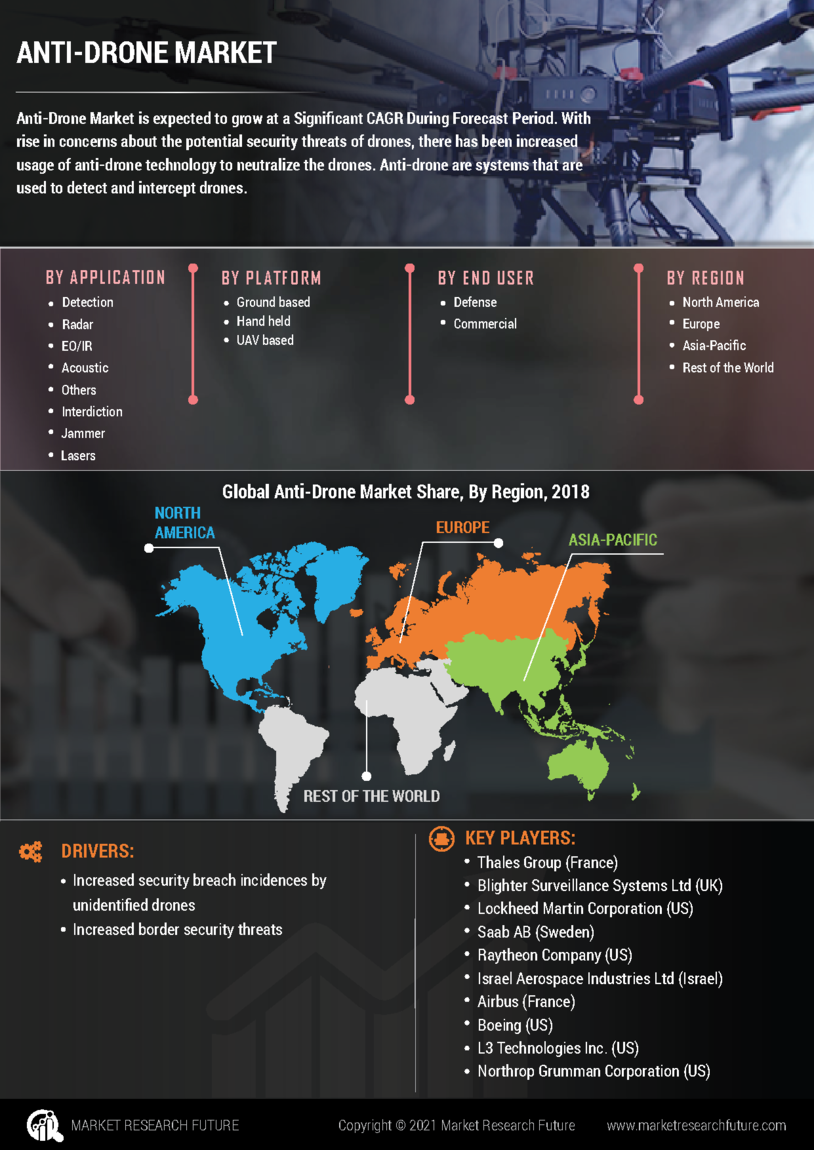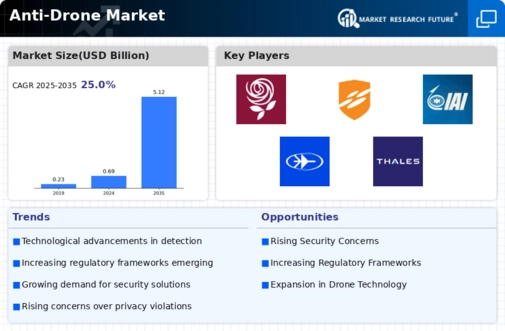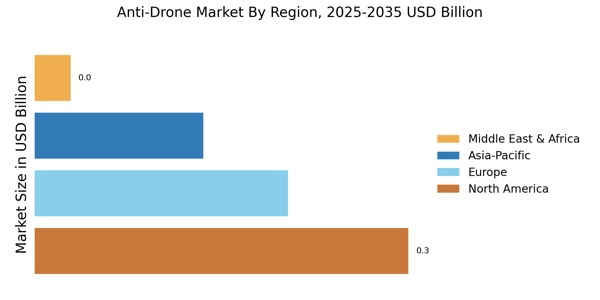Leading market players are investing heavily in research and development to expand their product lines, which will help the Anti Drone Market grow even more. Market participants are also undertaking various strategic activities to expand their footprint, with important market developments including new product launches, contractual agreements, mergers and acquisitions, higher investments, and collaboration with other organizations. The Anti-Drone industry must offer cost-effective items to expand and survive in a more competitive and rising market climate.
Manufacturing locally to minimize operational costs is one of the key business tactics manufacturers use in the Anti-Drone industry to benefit clients and increase the market sector. In recent years, the Anti-Drone industry has offered Defense some of the most significant advantages.
Major players in the anti drone market, including SRC, Inc. (US), Liteye Systems, Inc. (US), Raytheon Technologies Corp. (US), DroneShield Ltd. (Australia), Israel Aerospace Industries Ltd.(Israel), Lockheed Martin Corp. (US), Rafael Advanced Defense Systems Ltd. (Israel), Thales Group (France), Leonardo S.p.An (Italy), Blighter Surveillance Systems Ltd.(UK)., and others are attempting to increase market demand by investing in research and development operations.
DroneShield is a worldwide leader in counter UAS security and technology. DroneShield develops pre-eminent UAS security solutions that protect people, organizations, and critical infrastructure from intrusion from UAS threats. Its leadership brings world-class expertise in engineering and physics, combined with deep experience in Defense, intelligence, and aerospace.DroneShield Ltd announced that the US Department of Homeland Security purchased several of its DroneSentry-X systems that provide on-the-move Counter-UAS (C-UAS) capabilities.
Dedrone Holdings is a US-based company that develops counter-drone and counter-unmanned aerial system technology. Dedrone software and hardware allow the detection of radio frequencies, video feeds, and other drone electronic signatures. Drones significantly threaten the aviation sector, causing aircraft delays, cancellations, stranded passengers, and severe economic hardship for airlines worldwide. Anti-drone technology has evolved into a valuable asset for airport security. Dedrone, a specialist in anti-drone technologies, predicts the forthcoming drone landscape this year and how it will affect airports and airlines worldwide.
Dedrone, a US anti-drone security startup, provides the aviation industry with technologies to detect and categorize drones and identify operators. In addition, the organization offers real-time alerts and identifying information to the aviation industry.


















Leave a Comment